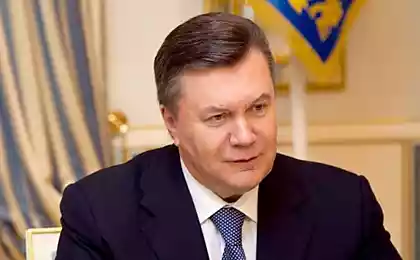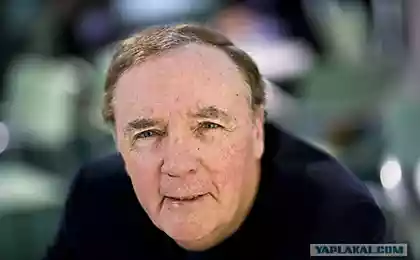389
Donor agencies have added to Americans 2 million years of life

Heart, kidneys and other donated organs have added more than 2 million years of life to the American recipients. This is according to a study published in the journal JAMA Surgery. The analysis covered the period of 25 years, since 1987, when the United network for allocation of donor organs (United Network for Organ Sharing, UNOS) began to track the fate of donor material in the States.
According to UNOS, in the period 1 September 1987 to 31 December 2012 donor organs received 533 329 patients. Another 579 506 patients waiting for their turn. The researchers calculated how many years of life adds severely ill transplant a donor organ.
For 25 years, donor organs added 2 270 859 years to the life of their recipients. The study's authors believe this figure is a huge achievement.
More than half of the surplus years, namely 1 372 969, received the kidney recipients, 465 296 additional years lived the holders of the new liver and 269 715 – people with the donor heart. Statistics on other organs: lungs – 64 575 years, pancreas – 14 903, pancreas and kidneys – 79 198, intestine – 4 402 year as a raise.
The researchers studied only the most common organs for transplantation.
It was also calculated how many years of life gives one or another donor organ. So, the most successful for this indicator has been heart transplantation, which prolongs a person's life on average for 4.9 years. People with a new kidney and a new pancreas live 4.6 years longer than those who did not wait for their donor organ. According to the study, the transplanted kidney is on average adds 4.4 years of life, liver – 4.3, intestine and 2.8.
Scientists hope that the results of the study will help to rethink the transplantation of organs. In their opinion, such operation shall not be considered as "health care services" and as "saving the life" of a person.
All this, however, is overshadowed by the fact that only 48 percent of those in need from the UNOS list can get new bodies. This means that the need for donor organs continues to grow.
The problem of shortage of donor organs is forcing scientists to look for new solutions. High hopes for 3D the same results for bioprinting.
Source: hi-news.ru
The predictions of ray Kurzweil for the next 25 years
10 interesting facts that you should know about black holes























